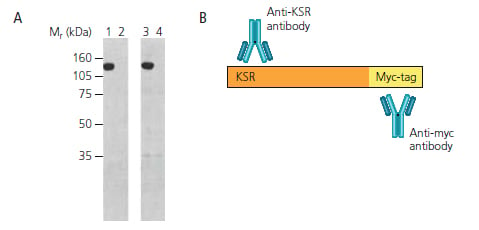
Store samples at -80☌ for later use or keep on ice for immediate homogenization. Place the tissue in round-bottom microcentrifuge tubes or Eppendorf tubes and immerse in liquid nitrogen to snap freeze.Dissect the tissue of interest with clean tools, on ice preferably, and as quickly as possible to prevent degradation by proteases.

Gently remove the tubes from the centrifuge and place on ice, aspirate the supernatant and place in a fresh tube kept on ice, and discard the pellet.You may have to vary the centrifugation force and time depending on the cell type a guideline is 20 min at 12,000 rpm but this must be determined for your experiment (leukocytes need very light centrifugation). Centrifuge in a microcentrifuge at 4☌.Maintain constant agitation for 30 min at 4☌.Alternatively, cells can be trypsinized and washed with PBS prior to resuspension in lysis buffer in a microcentrifuge tube. Scrape adherent cells off the dish using a cold plastic cell scraper, then gently transfer the cell suspension into a pre-cooled microcentrifuge tube.Aspirate the PBS, then add ice-cold lysis buffer (1 mL per 10 7 cells/100 mm dish/150 cm 2 flask 0.5 mL per 5x10 6 cells/60 mm dish/75 cm 2 flask).Place the cell culture dish on ice and wash the cells with ice-cold PBS.View our western blot protocol video below. Solutions and reagents: running, transfer, and blocking buffers.The membrane can then be further processed with antibodies specific for the target of interest and visualized using secondary antibodies and detection reagents.

The gel is placed next to the membrane and the application of an electrical current induces the proteins to migrate from the gel to the membrane. The immunoassay uses a membrane made of nitrocellulose or PVDF (polyvinylidene fluoride). Western blotting is a technique that uses specific antibodies to identify proteins that have been separated based on size by gel electrophoresis. Comprehensive solutions and suggestions are provided to help solve your particular western blotting challenges.Our western blot protocol includes solutions and reagents, procedures, and useful links to guide you through your experiment. Learn more about western blotting techniquesĪre you struggling with western blots? The Western Blot Doctor is a self-help guide developed by Bio-Rad researchers that enables you to identify and troubleshoot western blotting problems. Once proteins are immobilized on a membrane, they are available for visualization, detection, and analysis. This involves two phases: protein transfer to a membrane and detection of the membrane-immobilized protein. The western blotting workflow involves the selection of appropriate methods, apparatus, membrane, buffer, and transfer conditions. This section taps into this expertise, providing an overview of western blotting methods and help with troubleshooting as well as information about products and solutions that will help you obtain the highest-quality western blotting data.

With over 25 years of western blotting expertise, Bio-Rad provides a wealth of information and products to help optimize and troubleshoot western blotting. Western blotting combines the resolution of gel electrophoresis with the specificity of immunoassays, allowing the identification and analysis of individual proteins in complex samples. Western blotting, the transfer of proteins to a solid-phase membrane support followed by immunodetection, is a powerful and popular technique for the visualization and identification of proteins. Complete Solutions for your Western Blotting WorkflowĮxplore Bio-Rad's complete solutions for your western blotting workflow - gels, electrophoresis chambers, western blotting transfer and imaging systems, buffers, membranes, and immunodetection reagents and kits.


 0 kommentar(er)
0 kommentar(er)
